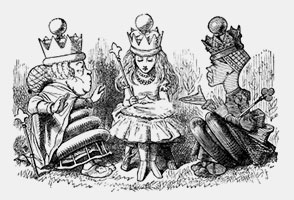I helped Patrick Coffey, a historian of science and accomplished nonfiction author, with his first novel, based on the stories of his Irish-American forebears. In this scene, he delves into the thoughts of an adopted girl in 1895, pursued by rumors that her father was black. Patrick’s original version was full of undeveloped potential. Look at all the drama and emotion I helped him tap into.
Before Michele:
What stories? She ran to the girls’ washroom and looked into the mirror. Her complexion was dark, but her mother said many French people were olive-skinned. But today she looked especially dark. She snuck out the school’s back door, although it was only eleven o’clock, and walked the long way home to avoid the tavern, even though any men would be inside on a cold day. Her mother met her at the door. “What’s wrong? Are you sick?”
After Michele:
Blanche had no evidence that the rumors had followed her, but she hadn’t forgotten. During her second year at City House, she could think of nothing but her father – during class, while she was talking to school, while she was in bed. If he was black, she was black. Maybe he was still alive. She’d see a light-skinned colored man on the streetcar and think, Maybe that’s my father, maybe he’s come back to get me and take me with him. If he did try to take her, she wasn’t sure what she’d want to do. She’d get up while doing her French homework and go to the mirror to flatten her nose and stretch her lips. She’d watch the colored cleaning women at school, or her family’s maid Audrey, wondering if she looked like that. She looked up “Negroes” in the encyclopedia in the school library:
The Negro has a black skin, unctuous and soft; woolly hair; thick lips; the lower part of the face projecting like a muzzle; the skull long and narrow: and a low, retreating forehead. The skull of the Negro is remarkably solid and thick, so that in fighting they often butt against each other like rams, and it is likewise so flat that burdens are easily carried upon it.
In the skin of the Negro there is much oily matter, and he perspires profusely, which serves to keep him in health, while it diffuses a smell far from agreeable to bystanders. The Negro has hair properly so-called, and not wool, although it is curled and frizzled.
Her face was long and narrow. She stood before the wall mirror and examined her profile with a hand mirror that she held at an angle, wondering if her jaw looked like a muzzle, wondering about the slope of a “retreating” forehead. She felt the top of her head: there was no flat spot there, and she had no idea how thick her skull was. She did perspire during field hockey, although not noticeably more than the other girls, and the dirty clothes in her laundry hamper had a disagreeable (Negro?) smell.
--Patrick Coffey
